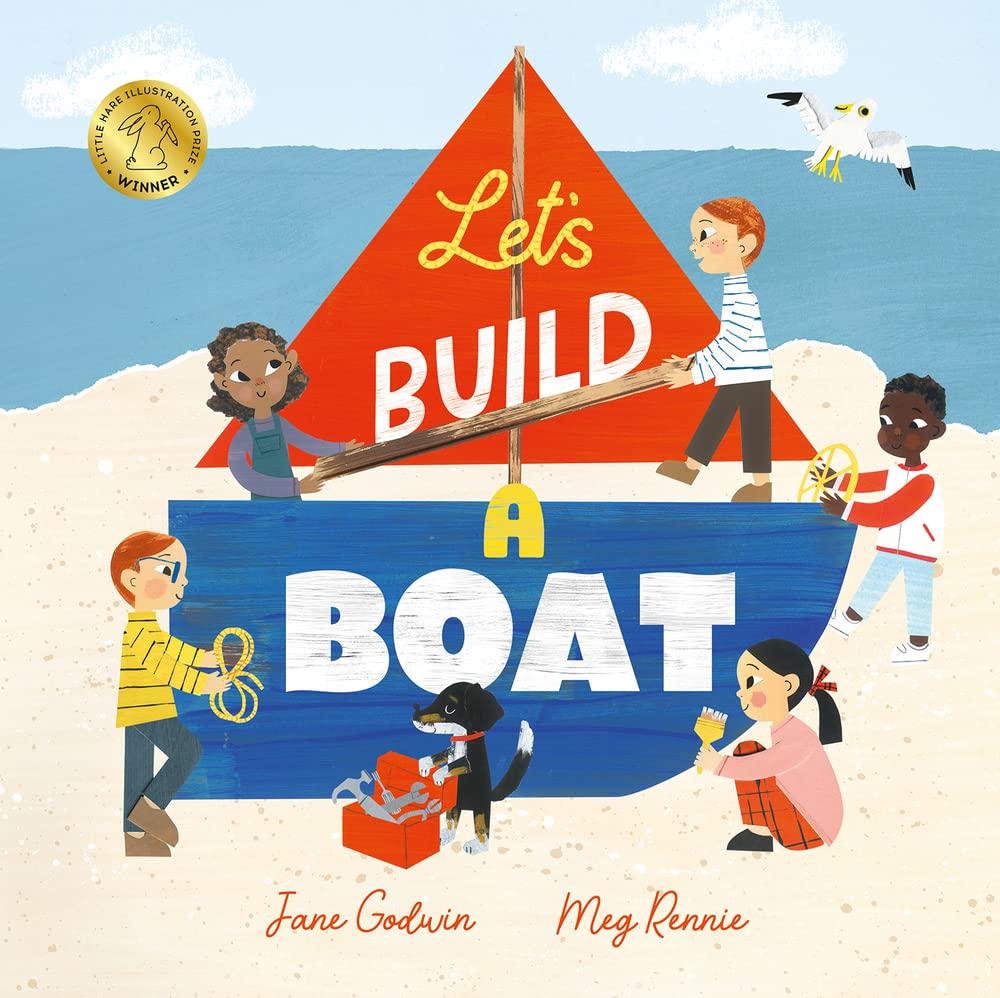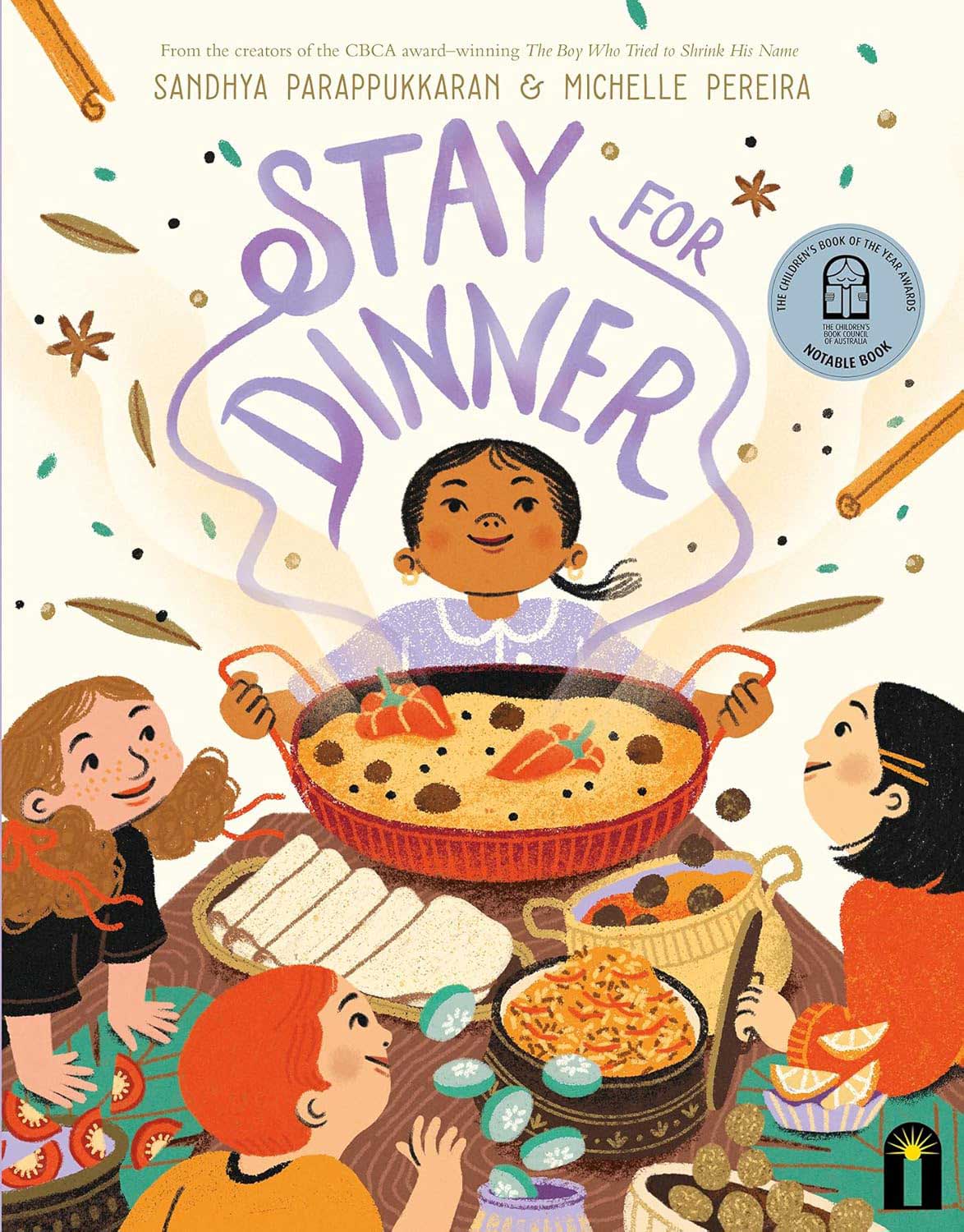$5 Off First Order + 5% Off After
Become a free registered member and get access to exclusive discounts, resources, and a community of like-minded educators.
Not sure yet? See what you’ll get: Member benefits
AC9HP2P03
》Health and Physical Education – Year 1, Year 2
Identify how different situations influence emotional responses
Elaborations
• recognising own emotions and demonstrating ways to manage how they express their emotions in different situations
• exploring self-regulation strategies to manage emotional responses
• identifying situations that may trigger strong emotional responses in themselves and others, and recognising the impact the responses can have on others
• identifying how someone might feel, think and act during an emergency through role-play and imaginative play
• predicting how a person or character might be feeling based on the words they use, their facial expressions and body language
• recognising how self and others are feeling in a range of situations
-
[T4R] The Shouting Girl Reading/Health Unit for Year 2
📔 The Shouting Girl by Steven HuynhAC9E2LA02 (English Language and Literacy – Year 2) AC9E2LA08 (English Language and Literacy – Year 2) AC9E2LA09 (English Language and Literacy – Year 2) AC9E2LE02 (English Language and Literacy – Year 2) AC9E2LE03 (English Language and Literacy – Year 2) AC9E2LY02 (English Language and Literacy – Year 2) AC9E2LY05 (English Language and Literacy – Year 2) AC9E2LY07 (English Language and Literacy – Year 2) AC9HP2P02 (Health and Physical Education – Year 1, Year 2) AC9HP2P03 (Health and Physical Education – Year 1, Year 2) AC9HP2P04 (Health and Physical Education – Year 1, Year 2) AC9HP2P05 (Health and Physical Education – Year 1, Year 2) AC9TDE2P01 (Design and Technologies – Year 1, Year 2) -
The Shouting Girl: L7 Text Comparison
📔 The Shouting Girl by Steven Huynh• We are learning to compare texts with a similar topic and understand how different characters and settings help us learn about emotions.
-
When Sophie Gets Angry — Really, Really Angry
Written & illustrated by Molly Bang
Published by Scholastic Press
Theme/topic: Emotion recognition and Emotional regulation
The picture book explores the intense feelings that come with anger and how children can learn to manage them. When Sophie feels overwhelmed, her body reacts in strong and noticeable ways: her face gets hot, her fists clench, and she feels like exploding. This allows students to describe what anger looks and feels like physically (AC9HPFP03 – Foundation Year, Health and Physical Education), helping them recognise emotional cues in themselves and others.
As Sophie removes herself from the situation, takes time to cool down in nature, and eventually returns feeling calm, the story models simple and effective emotional regulation strategies (AC9HP2P03 – Years 1 and 2, Health and Physical Education). These moments provide powerful prompts for children to reflect on their own ways of calming down and regaining control during emotionally charged moments.
When Sophie Gets Angry — Really, Really Angry is a gentle yet impactful resource for developing emotional literacy, supporting children in identifying and managing their big emotions in healthy ways.
Taming Anger with The Red Beast
📔 The Red Beast by K.i. Al-Ghani• We are learning how to recognise and manage anger using strategies from a story
The Red Beast
Written by K.i. Al-Ghani
Illustrated by Haitham Al-Ghani
Published by Jessica Kingsley Publishers
Theme/topic: Emotion recognition and Emotional regulation
This powerful story helps children understand and manage anger through the metaphor of a ‘red beast’ that awakens when feelings become overwhelming. The book offers a safe and engaging way for students to explore what anger looks and feels like in the body (AC9HPFP03 – Foundation Year, Health and Physical Education), using clear language to describe both the emotional and physical signs of big feelings.
As the main character learns how to calm the red beast, readers are introduced to strategies for emotional regulation (AC9HP2P03 – Years 1 and 2, Health and Physical Education). The narrative also opens up conversations about how certain behaviours and language can cause hurt and harm to others (AC9HPFP02, AC9HP2P02 – Foundation to Year 2, Health and Physical Education). Through reflection and discussion, children are encouraged to build empathy and make respectful choices in how they express emotions.
The Red Beast is an essential resource for supporting social-emotional learning in early years classrooms, offering practical tools to help children recognise, name, and regulate big emotions in themselves and others.
The Shouting Girl: L3 Making Connections
📔 The Shouting Girl by Steven Huynh• We are learning to make connections between the story and ourselves and make use of the regulation strategies from the text.
The Shouting Girl: L2 Making Predictions
📔 The Shouting Girl by Steven Huynh• We are learning to make predictions about the text.
The Shouting Girl – L1 Background Knowledge
📔 The Shouting Girl by Steven Huynh• We are learning to build our background knowledge to help us comprehend a text.
Emotional Regulation Strategies with The Shouting Girl
📔 The Shouting Girl by Steven Huynh• We are learning to brainstorm emotional regulation strategies for different situations.
The Shouting Girl Colouring
📔 The Shouting Girl by Steven Huynh• Children are learning about safe spaces
• Children colour in the sheets.The Shouting Girl
Written by Steven Huynh
Illustrated by Gehenna Pham
Published by Steven De GC
Theme/topic: Emotion recognition, Emotional regulation, Inclusion, Recount, Rhyme, and Vocabulary expansion
The story follows a young girl who struggles to express herself calmly, often shouting when she feels frustrated or unheard. Through her journey, she learns to recognise and understand her emotions (AC9HPFP03, AC9HP2P03 – Foundation to Year 2, Health and Physical Education) and works to develop positive strategies for expressing her thoughts and feelings in respectful ways (AC9HPFP02, AC9HP2P02 – Foundation to Year 2, Health and Physical Education).
The story also encourages children to explore characters’ perspectives and emotional responses, fostering empathy (AC9HP2P01 – Health and Physical Education, Years 1 and 2). It helps them define safe and unsafe environments, such as calm corners, through interactions with friends in a classroom, establishing help-seeking strategies in such situations (AC9HP2P05 – Health and Physical Education, Years 1 and 2).
With its poetic language and engaging illustrations, The Shouting Girl helps students understand how rhyme and rhythm create cohesion in a text. It also explores how words and images shape settings and characters, along with other literary features such as lists of three and similes.
AC9E1LA04 (English Language and Literacy – Year 1) AC9E2LE03 (English Language and Literacy – Year 2) AC9E2LE04 (English Language and Literacy – Year 2) AC9HP2P01 (Health and Physical Education – Year 1, Year 2) AC9HP2P02 (Health and Physical Education – Year 1, Year 2) AC9HP2P03 (Health and Physical Education – Year 1, Year 2) AC9HP2P05 (Health and Physical Education – Year 1, Year 2) AC9HPFP02 (Health and Physical Education – Foundation) AC9HPFP03 (Health and Physical Education – Foundation)[T4R] Stay For Dinner Reading Unit for Year 2
📔 Stay For Dinner by Sandhya ParappukkaranAC9E2LA02 (English Language and Literacy – Year 2) AC9E2LA03 (English Language and Literacy – Year 2) AC9E2LA08 (English Language and Literacy – Year 2) AC9E2LA09 (English Language and Literacy – Year 2) AC9E2LE02 (English Language and Literacy – Year 2) AC9E2LE03 (English Language and Literacy – Year 2) AC9E2LY02 (English Language and Literacy – Year 2) AC9E2LY04 (English Language and Literacy – Year 2) AC9E2LY05 (English Language and Literacy – Year 2) AC9E2LY06 (English Language and Literacy – Year 2) AC9E2LY07 (English Language and Literacy – Year 2) AC9HP2P01 (Health and Physical Education – Year 1, Year 2) AC9HP2P02 (Health and Physical Education – Year 1, Year 2) AC9HP2P03 (Health and Physical Education – Year 1, Year 2)[T4R] Stay For Dinner: L7 Cultural Respect
📔 Stay For Dinner by Sandhya Parappukkaran• We are learning to look deeper into the images of the story.
Let’s Build A Boat
Written by Jane Godwin
Illustrated by Meg Rennie
Published by Little Hare Books
Theme/topic: Colaborating, Evaluating, Friendship, Narrative, Persistence, Producing, Rhyme, and Teamwork
This inspiring picture book celebrates teamwork, creativity, and determination. As a group of children come together to build a boat for their picnic on an island, the story naturally lends itself to discussions about the purpose of a boat in general and context of the text (AC9TDE2K01 – Years 1 and 2, Design and Technologies). The story also highlights the importance of preparation before they begin (AC9TDE2P01 – Years 1 and 2, Design and Technologies), innovation and problem-solving when they face the challenge at sea (AC9TDE2P03 – Years 1 and 2, Design and Technologies).
Throughout their journey, they experience challenges and moments of joy, allowing students to reflect on how they manage emotions in different situations (AC9HP2P03 – Years 1 and 2, Health and Physical Education). The story also supports children in understanding how teamwork, resilience, and problem-solving help them to achieve shared goals (AC9HP2P01 – Years 1 and 2, Health and Physical Education).
Let’s Build a Boat is a perfect launchpad for hands-on STEM or creative projects, as well as social-emotional learning discussions around collaboration, effort, and celebrating differences.
AC9HP2P01 (Health and Physical Education – Year 1, Year 2) AC9HP2P03 (Health and Physical Education – Year 1, Year 2) AC9TDE2P01 (Design and Technologies – Year 1, Year 2) AC9TDE2P02 (Design and Technologies – Year 1, Year 2) AC9TDE2P03 (Design and Technologies – Year 1, Year 2) AC9TDE2P04 (Design and Technologies – Year 1, Year 2)Stay For Dinner
Written by Sandhya Parappukkaran
Illustrated by Michelle Pereira
Published by Bright Light
Theme/topic: Culture, Diversity, Emotion recognition, Identity, Narrative, and Vocabulary expansion
Stay for Dinner by Sandhya Parappukkaran is a vibrant celebration of cultural diversity and the connections made through shared meals. The story centres on a family preparing a special dinner for their child’s friends, offering a glimpse into various mealtime customs and table manners (AC9HP2P01 – Years 1 and 2, Health and Physical Education). Through the lens of this dinner, the book explores the emotional responses and questions that arise from cultural traditions (AC9HP2P03 – Years 1 and 2, Health and Physical Education), encouraging children to embrace diversity and appreciate the richness of different cultural backgrounds (AC9HP2P02 – Years 1 and 2, Health and Physical Education).
The narrative is brought to life with vivid sound and imagery words such as “squish,” “splash,” “slice,” and “prong,” capturing the sensory experience of the meal. Culinary terms like “papadum,” “sadhya,” and “dumpling” add authenticity and depth, inviting readers into the world of diverse cuisines. As the main character reflects on her and her friends’ mealtime experiences, the story underscores the importance of understanding and respecting different customs, fostering a sense of togetherness and mutual respect.
With its rich illustrations and heartwarming themes, Stay for Dinner inspires children to find joy in sharing meals and traditions, highlighting the value of friendship and cultural appreciation.



![[T4R] The Shouting Girl Reading/Health Unit for Year 2](https://stevendegc.com.au/wp-content/uploads/2025/07/T4R-TheShoutingGirl-UnitOverview-Cover.jpg)
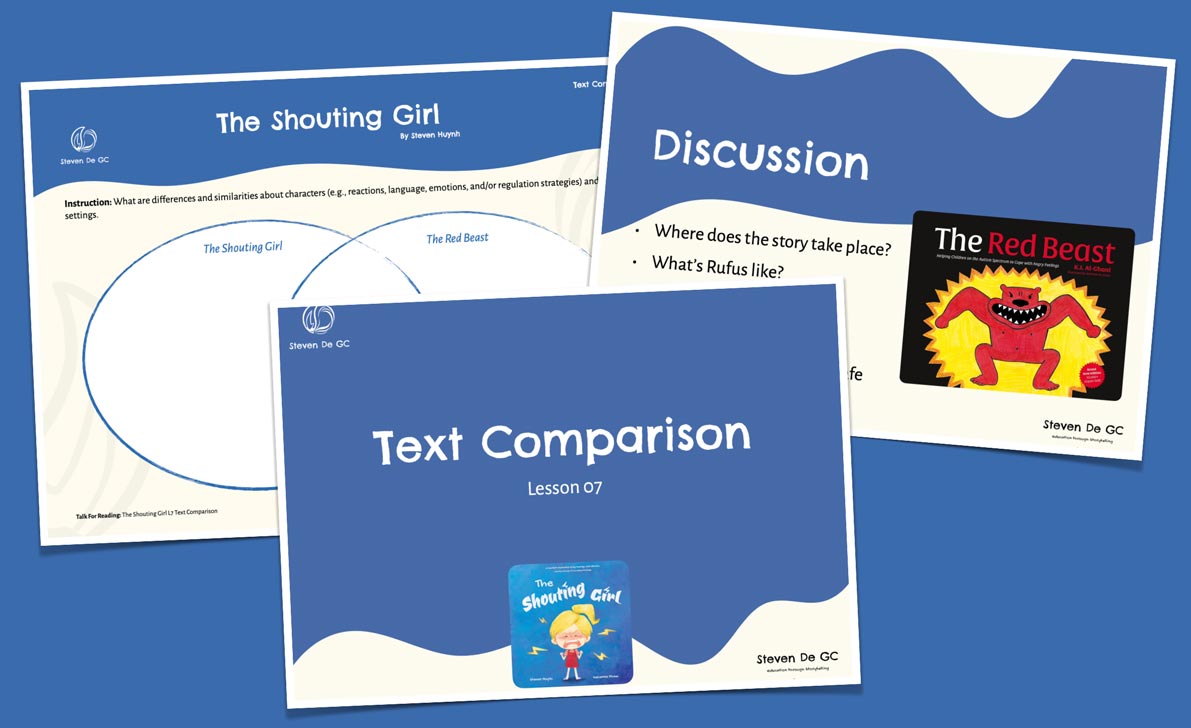
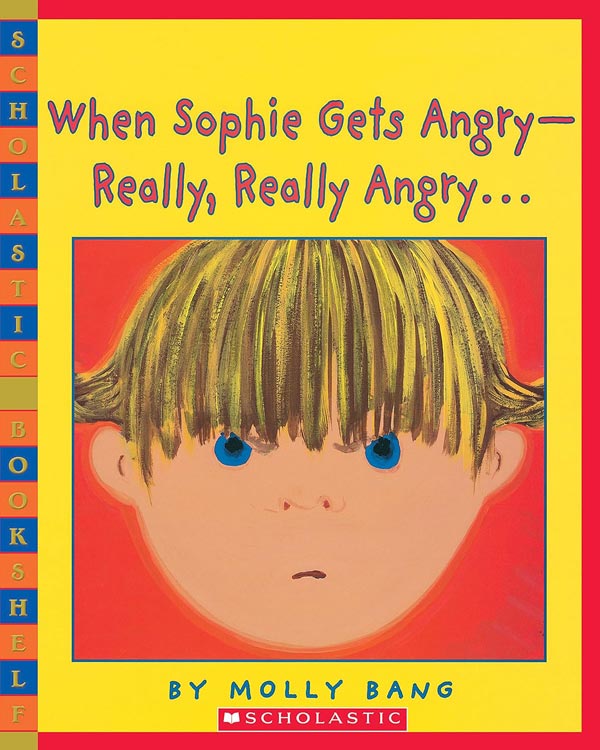

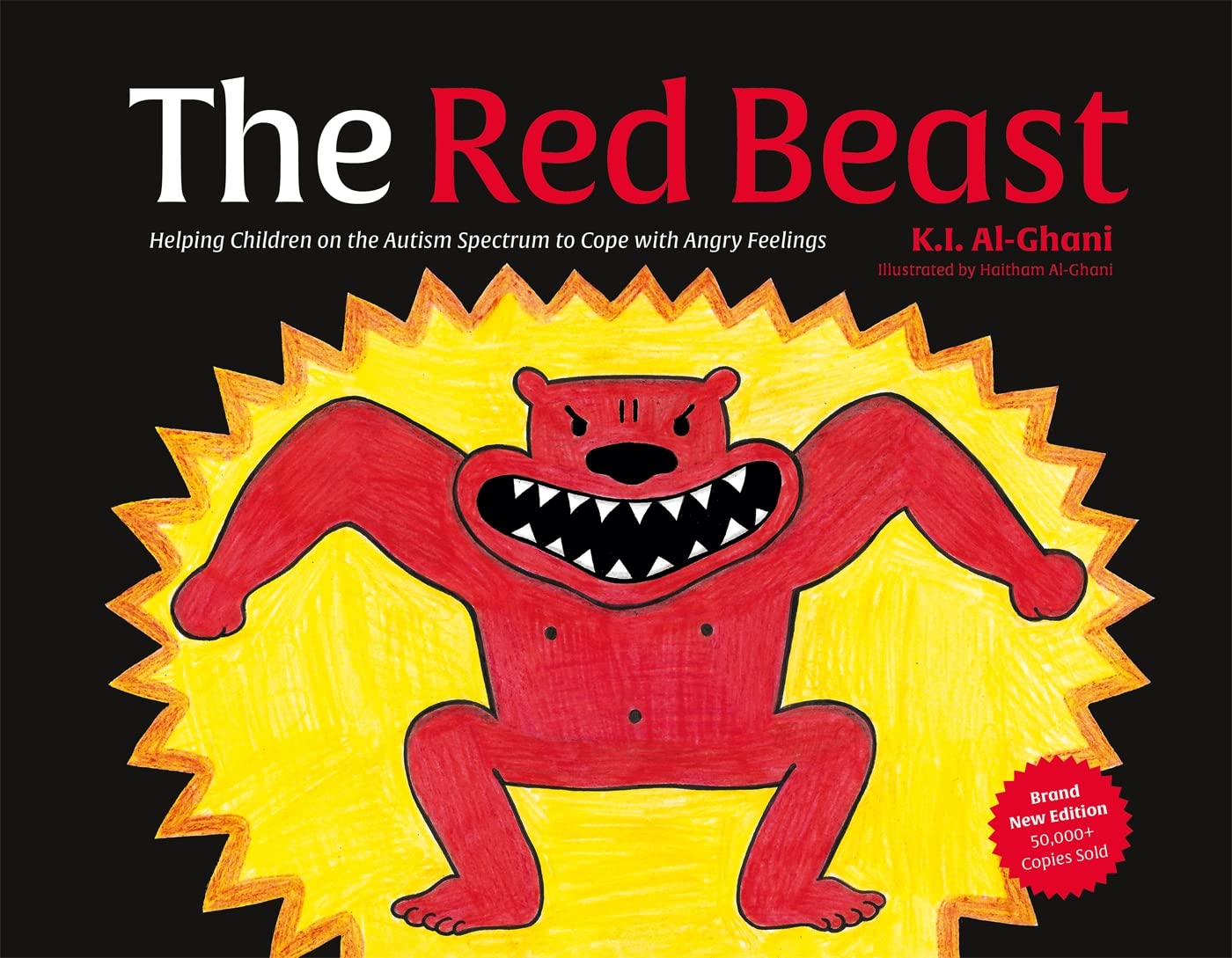
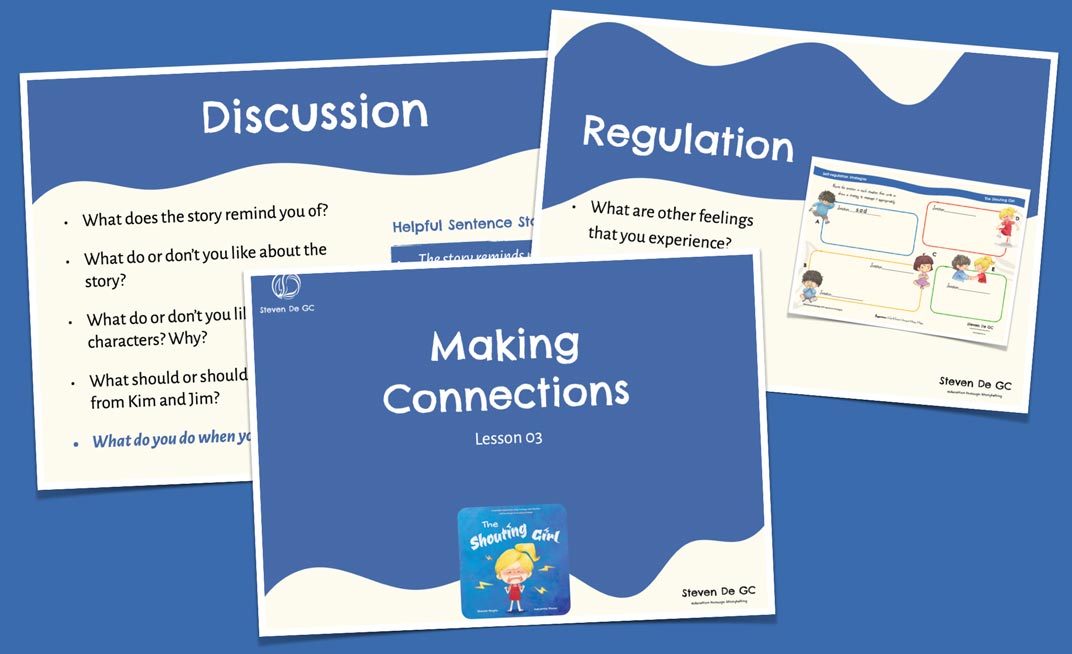
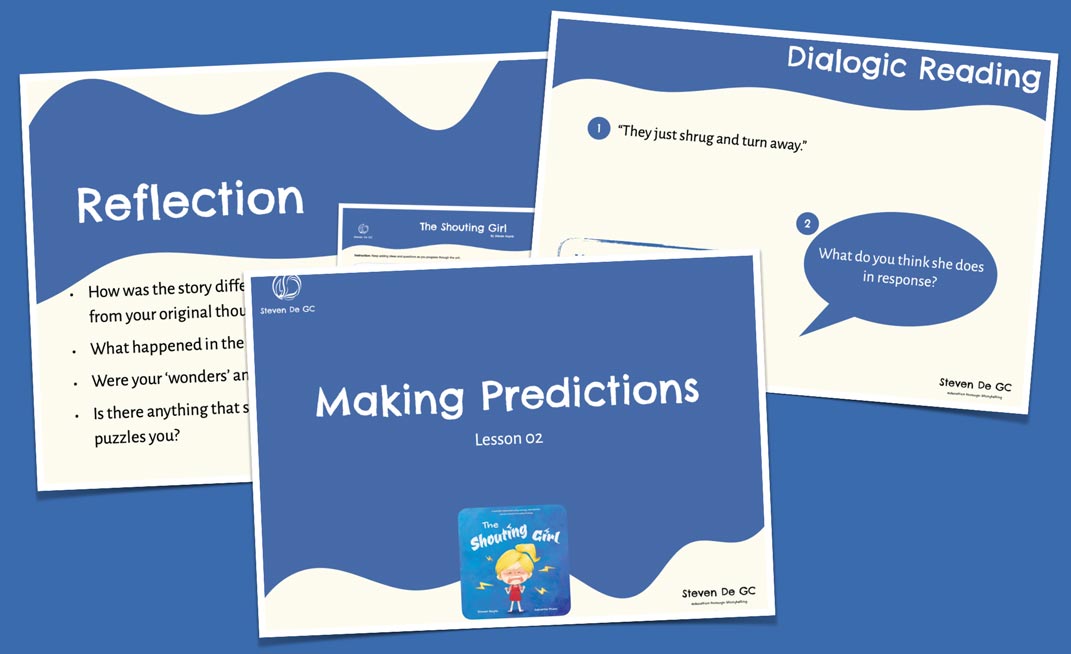
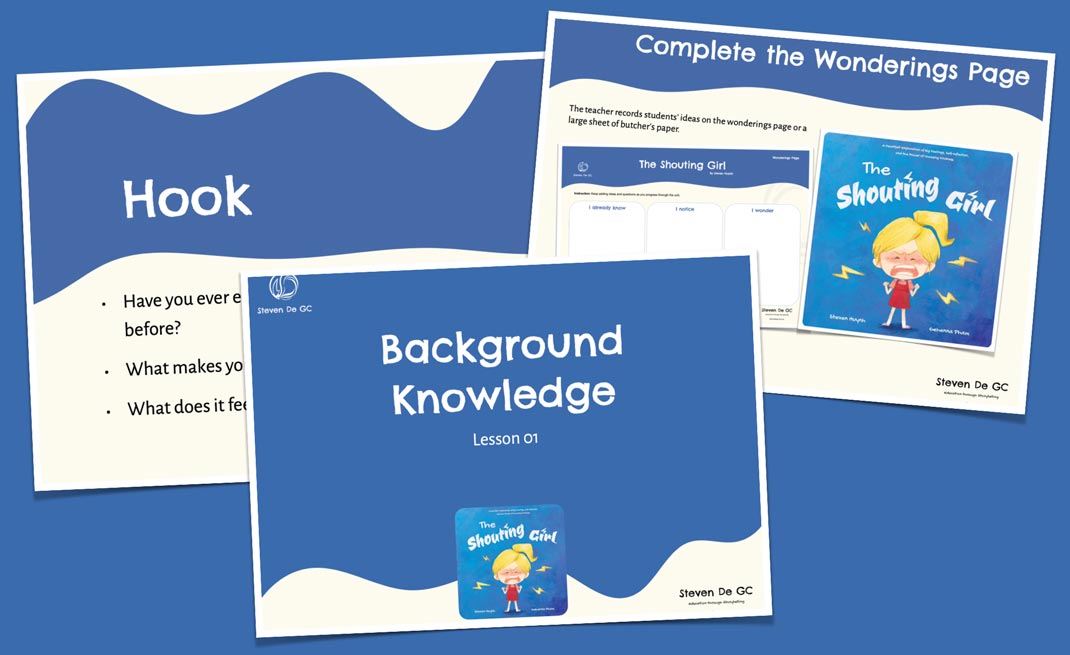
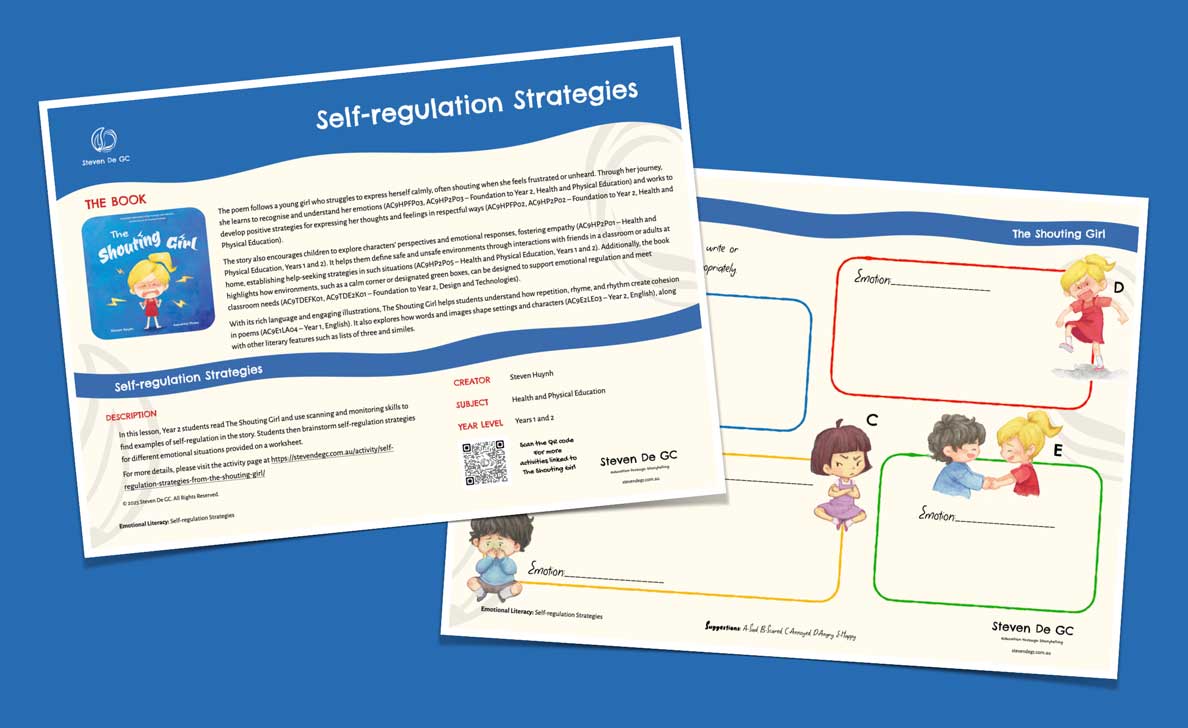
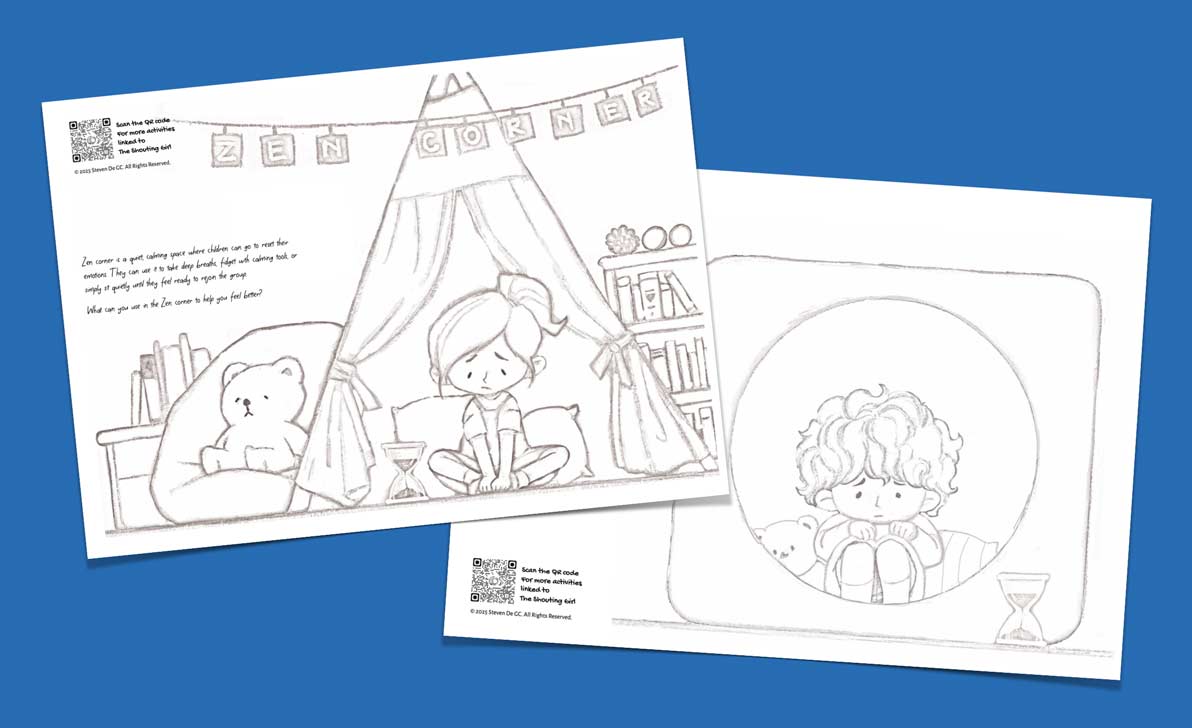

![[T4R] Stay For Dinner Reading Unit for Year 2](https://stevendegc.com.au/wp-content/uploads/2025/02/T4R-Stay-For-Dinner-UnitOverviewCover.jpg)
![[T4R] Stay For Dinner: L7 Cultural Respect](https://stevendegc.com.au/wp-content/uploads/2025/02/T4R-Stay-For-Dinner-L7-Cover.jpg)
